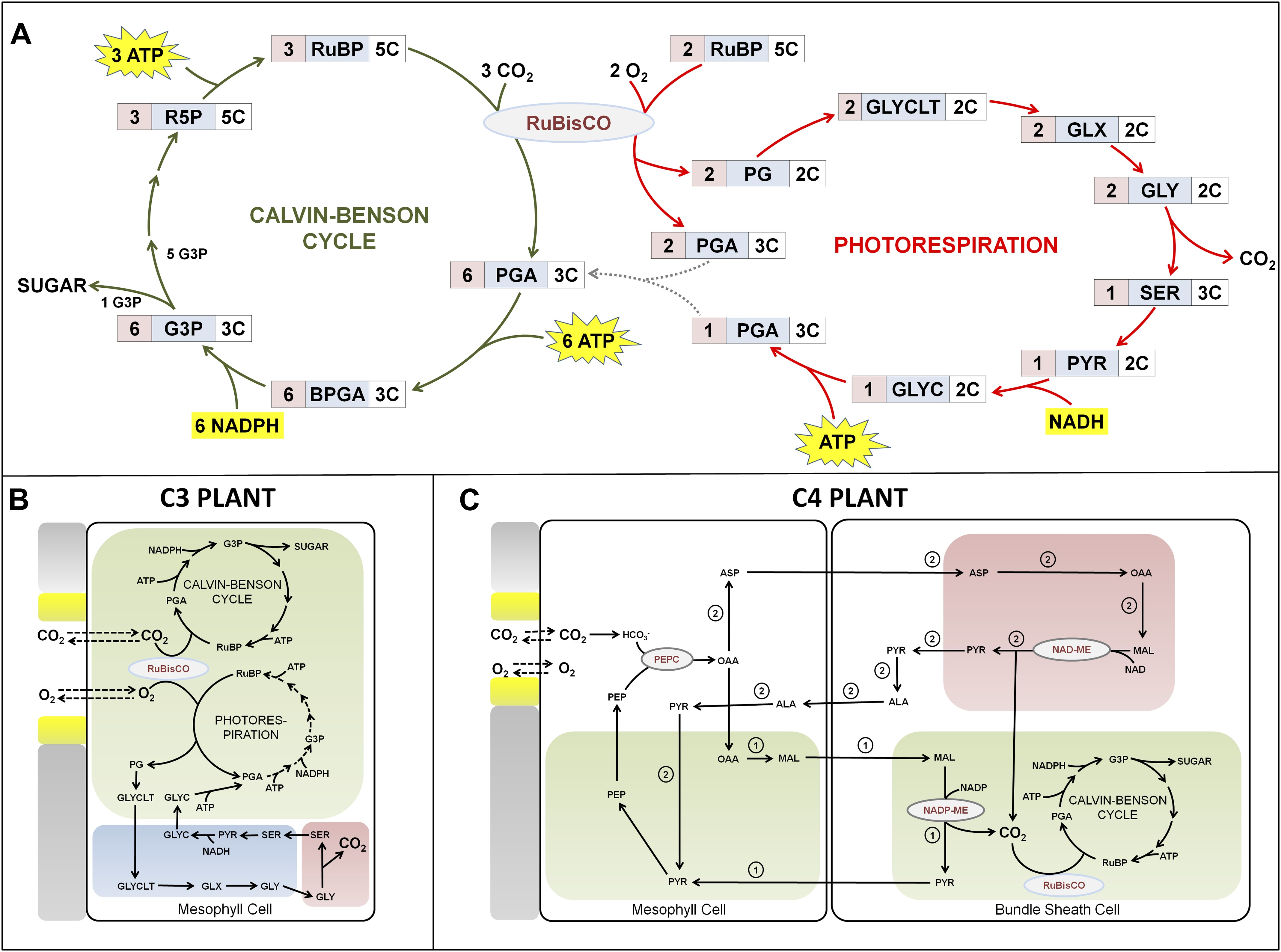The evolution of photosynthesis marks a critical juncture in the history of life on Earth, fundamentally transforming the planet’s atmosphere and biochemistry. Researchers have long debated whether the ability to produce oxygen through photosynthesis or the capacity for aerobic metabolism emerged first. During this process, plants and algae harness sunlight, converting carbon dioxide and water into energy while releasing oxygen, a development that opened the door for aerobic organisms to thrive. An intriguing discovery of a missing link molecule, methyl-plastoquinone, sheds light on this evolutionary puzzle, suggesting a connection between early oxygen production and consumption mechanisms. This finding could redefine our understanding of the Great Oxidation Event, a period characterized by significant oxygen production, impacting quinone metabolism and paving the way for aerobic life forms.
The origins of oxygen generation in photosynthesis and its subsequent utilization in aerobic respiration present a fascinating exploration of evolutionary biology. This biological phenomenon involves the conversion of light energy into chemical energy, fundamentally affecting life on Earth. Various organisms, from ancient cyanobacteria to modern plants, utilize this process to produce oxygen, which in turn supports the metabolic needs of aerobic species. Recent findings highlight key metabolic molecules, including methyl-plastoquinone, that could serve as crucial links in understanding this complex interplay between energy production and consumption. Such insights not only illuminate the history of oxygen production but also the mechanisms that allowed life to adapt and flourish in an oxygen-rich environment.
The Evolutionary Puzzle: Oxygen Production vs. Aerobic Metabolism
The question of which came first in the evolution of life on Earth – oxygen production through photosynthesis or oxygen consumption via aerobic metabolism – has puzzled scientists for decades. These processes are intrinsically linked, yet their origins present a chicken-or-egg dilemma. Photosynthesis, primarily executed by plants and algae, involves the transformation of sunlight into chemical energy, releasing oxygen as a byproduct. Conversely, aerobic metabolism allows animals to use this oxygen to convert nutrients into energy, subsequently emitting carbon dioxide. Understanding the sequence in which these capabilities developed sheds light on the complexity of early life forms and their interactions.
Recent studies have highlighted the significance of methyl-plastoquinone, a unique molecule discovered in a nitrogen-utilizing bacterium, which serves as a crucial piece of this evolutionary puzzle. Researchers suggest that this molecule may act as a missing link between photosynthesis and aerobic metabolism, offering insights into how early organisms could have survived in an oxygen-rich environment. This discovery emphasizes the interconnected nature of oxygen production and consumption, suggesting that both processes may have arisen concurrently, laying the groundwork for the biodiversity we witness today.
Frequently Asked Questions
What is photosynthesis evolution and its impact on oxygen production?
Photosynthesis evolution refers to the development of the ability of organisms, particularly cyanobacteria, algae, and plants, to convert sunlight into chemical energy while releasing oxygen as a byproduct. This process significantly increased oxygen production on Earth during the Great Oxidation Event, facilitating the emergence of aerobic metabolism in other life forms.
How do quinone metabolism and photosynthesis evolution relate to aerobic metabolism?
Quinone metabolism plays a crucial role in both photosynthesis evolution and aerobic metabolism. Quinones are integral to the electron transport chains used in these processes. Recent findings suggest that variations of quinones, like methyl-plastoquinone, may serve as missing link molecules connecting the evolution of oxygen-producing photosynthesis and oxygen-utilizing aerobic metabolism.
What was the Great Oxidation Event and its significance in the evolution of photosynthesis?
The Great Oxidation Event occurred around 2.3 to 2.4 billion years ago when cyanobacteria began producing significant amounts of oxygen through photosynthesis. This milestone marked a transformative period in Earth’s history, enabling aerobic metabolism to evolve and paving the way for the diversification of life that relies on oxygen.
Can you explain the concept of missing link molecules in photosynthesis evolution?
Missing link molecules are those biochemical entities that provide evidence of transitional forms during evolutionary processes. In the context of photosynthesis evolution, discovering compounds like methyl-plastoquinone suggests that some bacteria possessed traits of aerobic metabolism even before significant oxygen production occurred, indicating a more complex evolutionary timeline.
How does the discovery of methyl-plastoquinone impact our understanding of the evolution of aerobic metabolism?
The discovery of methyl-plastoquinone challenges the simple timeline of evolution by suggesting that bacteria may have adapted to utilize oxygen before cyanobacteria significantly contributed to its atmosphere. This finding emphasizes the intricate relationship between photosynthesis evolution and aerobic metabolism, where both processes likely co-evolved.
| Key Point | Details |
|---|---|
| Research Question | Which evolved first: oxygen production by photosynthesis or oxygen consumption by aerobic metabolism? |
| Significant Discovery | Methyl-plastoquinone, a missing-link molecule found in Nitrospirota, suggests a connection between photosynthesis and aerobic respiration. |
| Great Oxidation Event | Occurred 2.3 to 2.4 billion years ago when cyanobacteria began significant oxygen production. |
| Implications of Findings | Supports theory that some bacteria may have utilized oxygen before cyanobacteria produced it. |
| Quinones Role | Critical in metabolic processes for both plants and animals, with new forms evolving over billions of years. |
Summary
Photosynthesis evolution has been a fundamental question in understanding life’s development on Earth. Recent discoveries point towards a complex interplay where both oxygen production through photosynthesis and oxygen consumption via aerobic metabolism might have emerged simultaneously. This new insight into the evolution of photosynthesis not only highlights the sophistication of biochemical systems necessary for responding to oxygen’s presence but also emphasizes the interconnectedness of life forms. With key findings like methyl-plastoquinone, researchers continue to unravel the ancient biochemical lineage that shaped the evolution of living organisms, reinforcing the significance of photosynthesis in our planet’s history.
